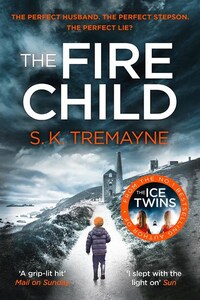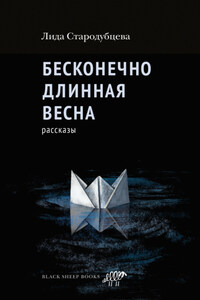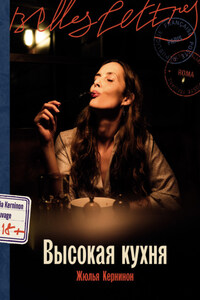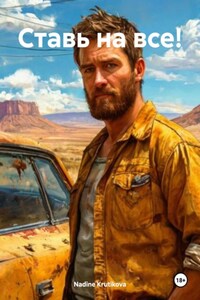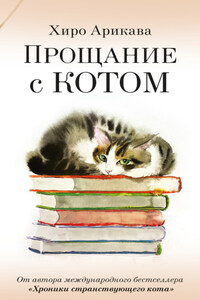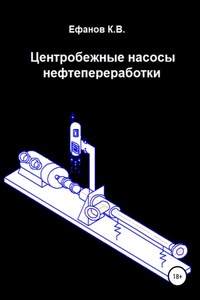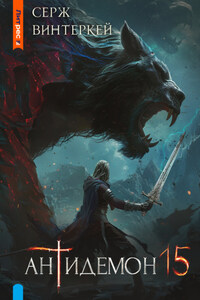This novel is entirely a work of fiction.
The names, characters and incidents portrayed in it are
the work of the author’s imagination. Any resemblance to
actual persons, living or dead, events or localities is
entirely coincidental.
Published by HarperCollinsPublishers
1 London Bridge Street
London, SE1 9GF
www.harpercollins.co.uk
First published by HarperCollinsPublishers 2016
Copyright © S. K. Tremayne 2016
S. K. Tremayne asserts the moral right to be identified as the author of this work
Photographs 1-3, 5-8, 11, 13-16, 18-19 © S. K. Tremayne
Photographs 4, 9, 10, 17 © The Royal Cornwall Museum
Photograph 12 courtesy of the Cornish Studies Library, Redruth
(Photograph reference no. Corn02273)
Cover design by Richard Augustus © HarperCollinsPublishers Ltd 2017.
Cover photographs © Sylvia Cook / Arcangel Images (boy);
Shutterstock.com (all other images).
A catalogue record for this book is available from the British Library
All rights reserved under International and Pan-American Copyright Conventions. By payment of the required fees, you have been granted the non-exclusive, non-transferable right to access and read the text of this e-book on-screen. No part of this text may be reproduced, transmitted, down-loaded, decompiled, reverse engineered, or stored in or introduced into any information storage and retrieval system, in any form or by any means, whether electronic or mechanical, now known or hereinafter invented, without the express written permission of HarperCollins e-books
Source ISBN: 9780008105860
Ebook Edition © JANUARY 2015 ISBN: 9780008105853
Version 2018-01-26
Morvellan Mine is an invention. It is, however, clearly based on the spectacular and historic mines scattered along the rugged cliffs of West Penwith, Cornwall. The tin and copper mines of Botallack, Geevor and the Levant were particular inspirations.
Tin has been extracted from Cornwall for maybe four thousand years. At the age of ten my maternal grandmother Annie Jory worked as a ‘bal maiden’ – a girl employed to crush rocks with a hammer – in the rich mines of St Agnes, North Cornwall.
This book is, therefore, written in memory of my Cornish ancestors: farmers, fishermen, smugglers and miners.
I would like to thank, as ever, Eugenie Furniss, Jane Johnson, Sarah Hodgson, Kate Elton and Anne O’Brien for their wise advice and many editorial insights. My thanks also to Sophie Hannah.
The photos in the book, of historic Cornish mining scenes, were taken by the Cornish photographer, John Charles Burrow (1852–1914). The images date from the 1890s, when Burrow was commissioned by the owners of four of Cornwall’s deepest mines, Dolcoath, East Pool, Cook’s Kitchen and Blue Hills, to capture scenes of life underground.
The original photographs are now kept at the Royal Cornwall Museum, Truro, England.
Morning
The tunnels go under the sea. It’s a thought I can’t easily dismiss. The tunnels go under the sea. For a mile, or more.
I’m standing in the Old Dining Room, where the windows of my enormous new home face north: towards the Atlantic, and the cliffs of Penwith, and a silhouetted blackness. This dark twinned shape is Morvellan Mine: the Shaft House, and the Engine House.
Even on a cloudless June day, like today, the ruins of Morvellan look obscurely sad, or oddly reproachful. It’s like they are trying to tell me something, yet they cannot and will not. They are eloquently muted. The rough-house Atlantic makes all the noise, the booming waves riding the tides above the tunnels.
‘Rachel?’
I turn. My new husband stands in the doorway. His shirt is blinding white, his suit is immaculate, nearly as dark as his hair, and the weekend’s stubble has gone.
‘Been looking for you everywhere, darling.’
‘Sorry. I’ve been wandering. Exploring. Your amazing house!’
‘Our house, darling. Ours.’
He smiles, comes close, and we kiss. It’s a morning kiss, a going-to-work-kiss, not meant to lead anywhere – but it still thrills me, still gives me that scary and delicious feeling: that someone can have such power over me, a power I am somehow keen to accept.
